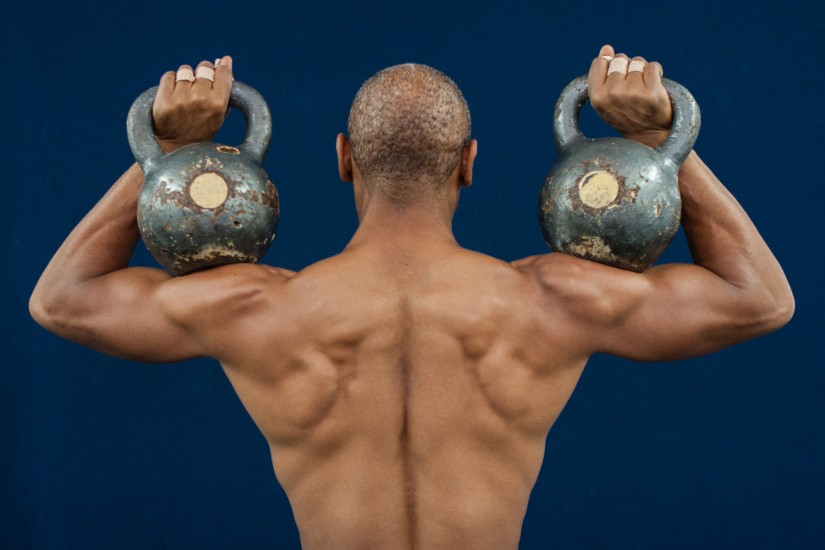Gay liberation and the fitness craze simultaneously seized 1970s America, stripping gyms of their seediness and destigmatizing unfamiliar gay subcultures. Cal Pozo, a gay man who trained women in Pilates in New York City, told me that while his sexuality remained unspoken, “there was something understood” by his female clients’ husbands that made them comfortable allowing him to do hands-on bodywork with their wives.
Disco brought visibility to a gay dance-club aesthetic that infused the newly booming mainstream workout culture. Evoking this blissful abandon, in 1974 Richard Simmons founded the Anatomy Asylum, the Beverly Hills headquarters of a spangled fitness empire where those alienated from mainstream athletic and aesthetic culture—notably, many gay men and fat women—recall first feeling “seen.” Simmons, who often dressed in short shorts and full makeup, has never publicly discussed his sexuality, but many recall how his presence on VHS, morning shows, and later cruise ships demystified gay camp far beyond the studio.
The connections between gay nightclubs and health clubs could be explicit: Party promoter John Blair opened The Body Center in early-1970s Los Angeles, which he described as “the first gay gym: Nautilus machines, tiny shorts, tube socks, and Abba all day long.” He invited the best-looking members to his parties to attract crowds, which in turn sold gym memberships. In 1978, he launched a New York location and later told the New York Times he “would give one month’s free gym membership to every cute boy I met at Studio 54.”
Gay culture—in what some would call its most superficial form—flourished in fitness clubs, but also engaged straight men and women increasingly untroubled by the gyms becoming fixtures in liberal body-conscious cities. Rachel Sibony, a self-described club kid, remembered that as a teen in the 1970s, she was “just addicted to the whole experience” of going out dancing. After drifting between jobs in her early 20s, she only felt “so alive” in an aerobics class that recalled the dance floor. Choreography tucked into the belt of her blue leotard, Sibony soon began teaching and four decades later still manages fitness clubs.
By 1983, straight actor Richard Gere was photographed in the Los Angeles Times at the Body Center without any mention of its origins as a gay gym.
